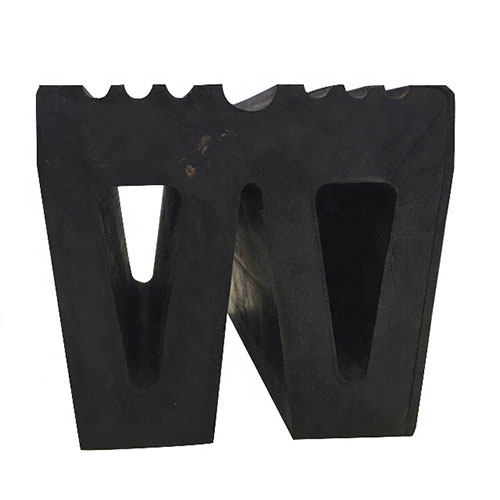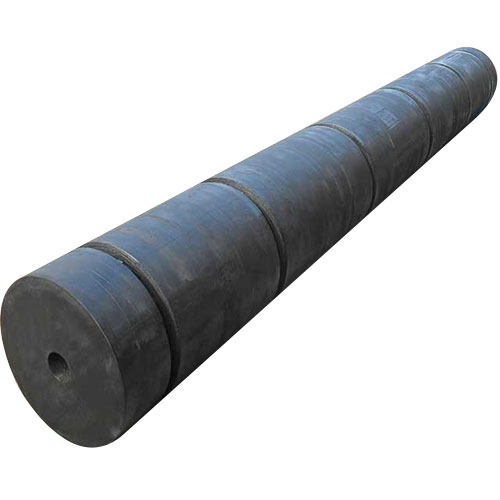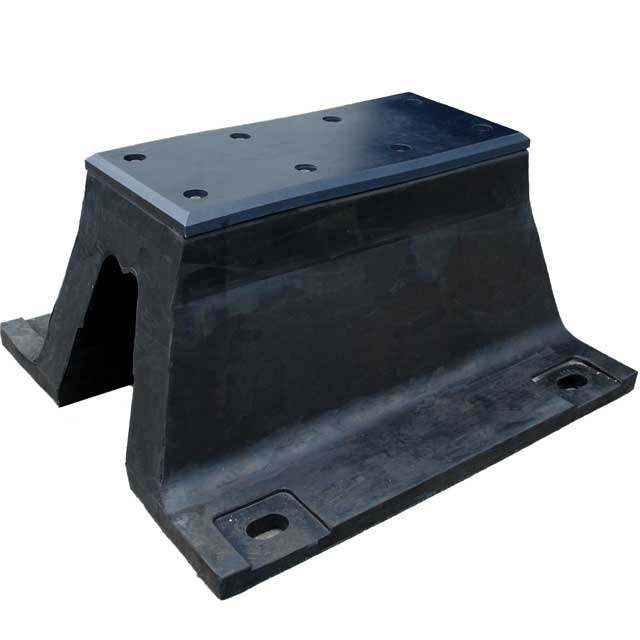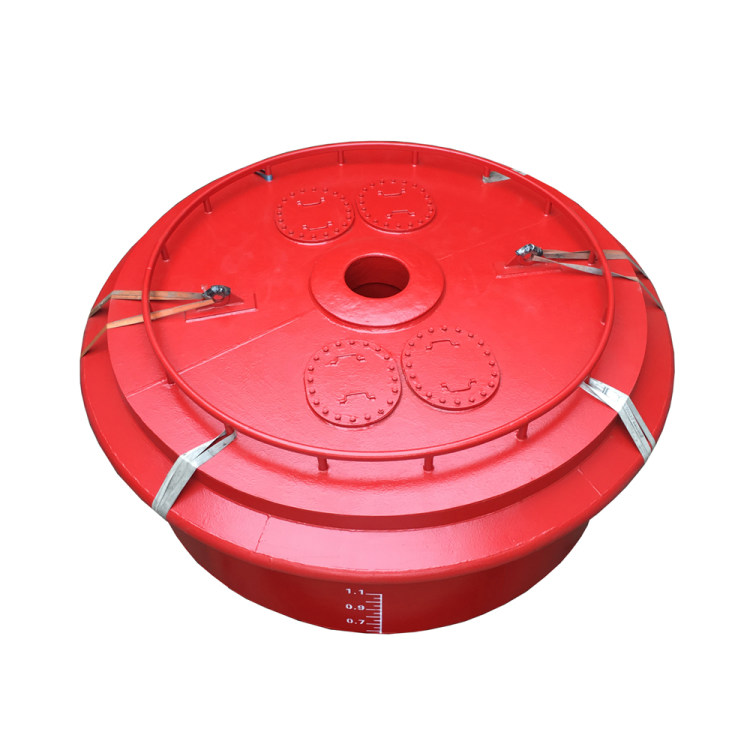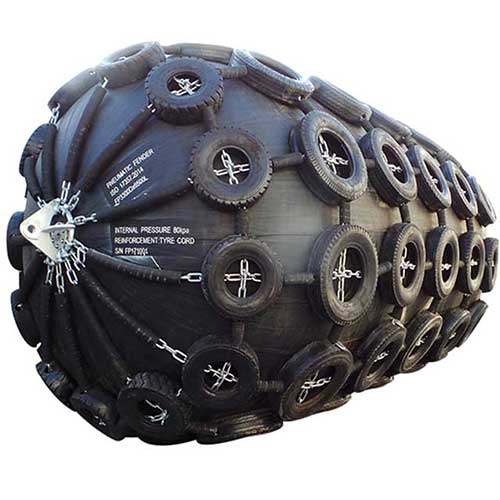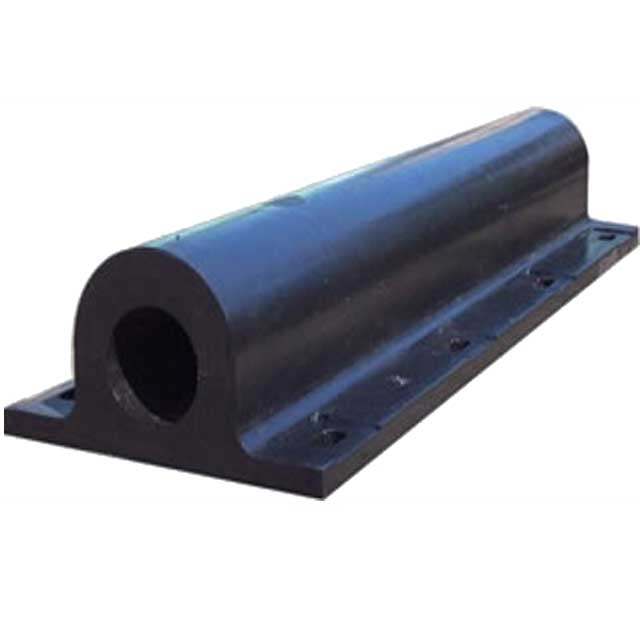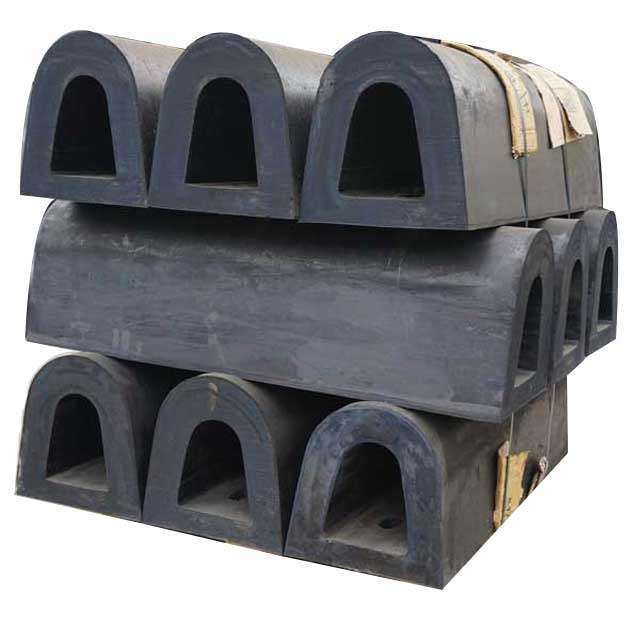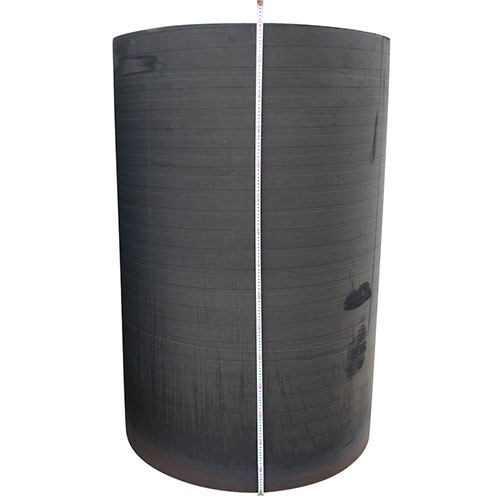Cone vs. Cylindrical Rubber Fenders: Which Type to Choose
Rubber fenders are used to protect boats, ships, and docks from damage caused by impacts during docking or berthing. Among the many different types of rubber fenders available, cone and cylindrical rubber fenders are two of the most commonly used. Each has its distinct characteristics, advantages, and applications. This article will explore the key differences between cone vs. cylindrical rubber fenders, helping you determine which type is best suited for your maritime needs.
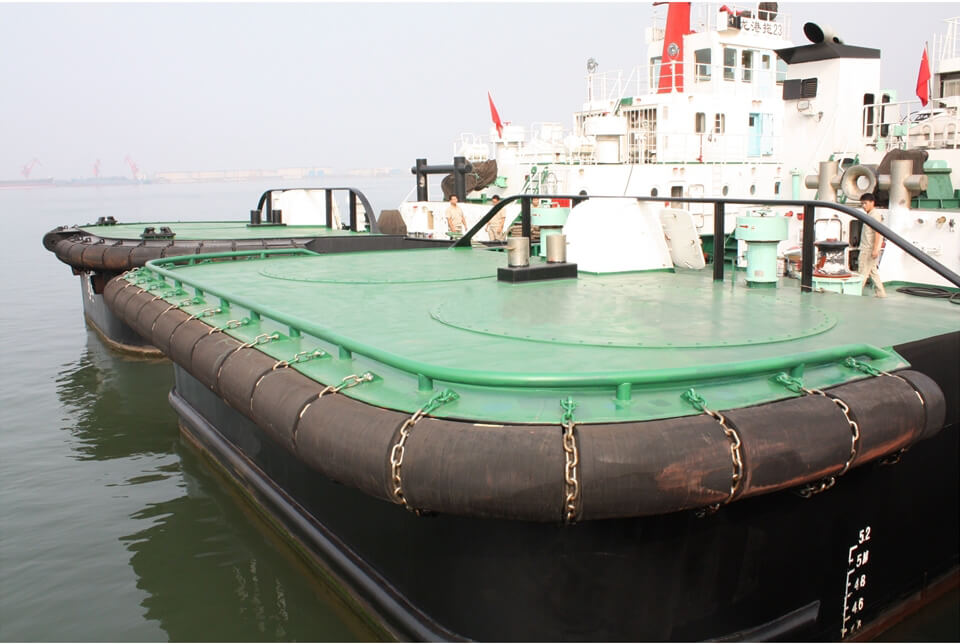
Table of Contents
Understanding the Functions of Rubber Fenders
Rubber fenders provide a protective barrier between a vessel and the dock or quay during berthing operations. Their primary function is to absorb and dissipate the kinetic energy generated when a ship comes into contact with a structure, thereby minimizing damage to both the vessel and the berth. Made from durable and flexible rubber materials, these fenders also help distribute impact forces evenly and reduce the risk of structural wear. Whether used in ports, harbors, or offshore platforms, rubber fenders ensure safer, smoother docking and enhance the longevity of maritime facilities.

Understanding Cone Rubber Fenders
Cone rubber fenders are designed with a tapered shape, with the wide end typically fixed to the dock or structure and the narrow end facing the vessel. This shape allows for a gradual compression of the fender upon impact, which helps distribute the energy more efficiently and reduces the overall force exerted on the ship and dock. The tapered design provides a soft yet strong compression as the fender deforms upon impact, which is essential for minimizing damage to both the vessel and the infrastructure.
These fenders are commonly made from durable, high-quality rubber compounds that are resistant to weathering, UV rays, saltwater, and mechanical wear. They come in various sizes and specifications to suit different vessel types, docking scenarios, and environmental conditions.

Advantages
- Excellent Energy Absorption: One of the primary advantages of cone fenders is their ability to absorb and dissipate the energy from impacts effectively. The gradual compression of the fender allows for a more controlled energy absorption process, making cone fenders particularly useful in high-speed docking scenarios.
- Smooth Compression: The tapered shape provides a smooth, even compression over a wide area, which helps distribute the impact force more uniformly. This reduces the risk of localized damage to both the dock and the vessel.
- Space Efficiency: The cone-shaped design allows these fenders to be used in areas with limited space. This makes them ideal for narrow docks or harbors where a compact fender solution is needed.
- Durability: Cone rubber fenders are made to withstand harsh marine conditions. They are resistant to saltwater, UV rays, and extreme weather conditions, ensuring a long lifespan even in challenging environments.
- Versatility: These fenders can be used on a wide range of vessels, from small boats to large cargo ships, making them a versatile solution for various maritime applications.
Limitations
- Higher Cost: Compared to cylindrical fenders, cone rubber fenders tend to be more expensive. This higher cost is primarily due to the design complexity and the manufacturing processes involved in creating the tapered shape. For larger docking operations or where cost is a primary concern, this can be a limiting factor.
- Complex Installation: The installation of cone rubber fenders may require specialized mounting techniques due to their tapered shape. Unlike cylindrical fenders, which are easier to install and align, cone fenders might need specific mounting brackets or custom fittings to ensure optimal performance.
- Size Limitations: While cone fenders are excellent for smaller or medium-sized vessels, they may not always be the best choice for larger ships or areas where extremely high energy absorption is required. For very large vessels, cylindrical fenders or other fender types with higher energy absorption capacities might be more effective.
- Vulnerable to Surface Wear: In areas where cone fenders are subject to frequent impacts, they can experience surface wear over time. The narrow end of the fender, which absorbs the majority of the force, may degrade faster than the wider base, requiring more frequent maintenance or replacement.
- Space Requirements: Although cone fenders are more space-efficient than some other designs, they still require a minimum amount of space for proper installation and function. In extremely tight or confined docking areas, their tapered design may not always provide the same level of flexibility as cylindrical fenders, which can be mounted in various orientations.
- Sensitivity to Alignment: For cone fenders to perform optimally, they need to be correctly aligned with the vessel and dock. If they are installed incorrectly or misaligned, their energy absorption capabilities may be diminished, and the risk of damage to the ship or structure increases.
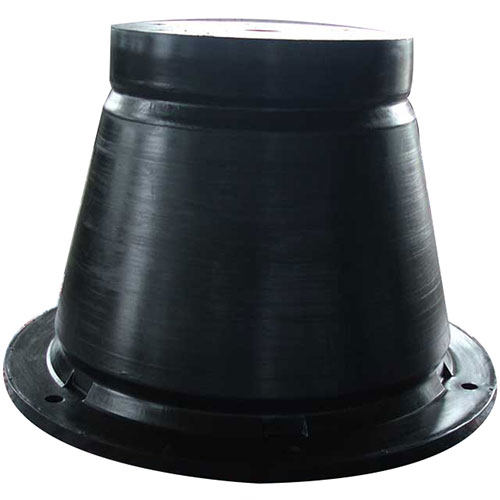
Applications
Cone rubber fenders are commonly used in scenarios where high energy absorption, gradual compression, and space-saving designs are required. They are ideal for:
- Medium to Large Vessels: Particularly useful for ships that are subject to high-speed docking or berthing.
- Harbors with Limited Space: The compact and tapered design makes cone fenders ideal for docking areas with restricted space.
- High-Speed Berthing Areas: Due to their excellent energy absorption capabilities, cone fenders are often employed in situations where vessels arrive at higher speeds.
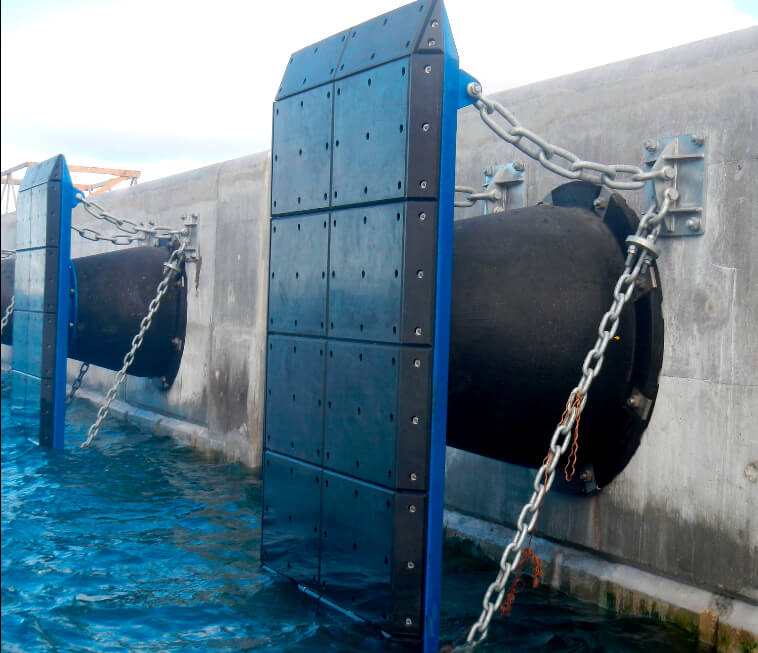
Understanding Cylindrical Rubber Fenders
Cylindrical rubber fenders are characterized by their round, uniform shape, which allows them to provide consistent protection along their entire length. Typically made from durable rubber compounds, these fenders are designed to absorb the kinetic energy generated when a vessel comes into contact with the dock or structure. The energy absorbed by the fender is then dissipated through its compression and deformation, preventing damage to both the vessel and the infrastructure.
Cylindrical fenders come in various sizes, materials, and specifications to suit different types of vessels, docking conditions, and environmental challenges. They can be mounted horizontally or vertically, depending on the application, and are often used in high-traffic areas where reliability and durability are essential.
Advantages
- Durability: Cylindrical fenders are designed to withstand harsh maritime conditions, including exposure to saltwater, UV radiation, and extreme weather. Their robust construction ensures that they can absorb repeated impacts over time without significant wear or degradation, making them highly durable.
- Reliable Energy Absorption: While cylindrical fenders do not offer the gradual compression characteristic of cone fenders, they still provide excellent energy absorption. Their uniform shape allows for a consistent distribution of impact force across the surface, which helps reduce the risk of damage to both ships and docks.
- Simplicity and Ease of Installation: The straightforward cylindrical design makes these fenders easy to install and align. Unlike more complex fender types, such as cone fenders, cylindrical fenders typically require fewer adjustments and less specialized equipment for mounting, making installation faster and more cost-effective.
- Low Maintenance: Cylindrical rubber fenders are generally low-maintenance due to their simple construction and robust nature. They do not require frequent adjustments or realignments, and their durability ensures that they can perform for extended periods without the need for major repairs.
- Versatility: These fenders are highly versatile and can be used for a wide range of vessel sizes and types, from small boats to large cargo ships. Cylindrical fenders are often employed in ports and docks that handle various types of vessels and require a reliable, consistent fendering solution.
- Cost-Effective: Generally, cylindrical rubber fenders are less expensive than more specialized fender types like cone fenders. Their simple design and ease of production contribute to their cost-effectiveness, making them a good choice for budget-conscious maritime operations.

Limitations
- Less Effective in High-Speed Berthing: While cylindrical fenders are excellent for general use, they may not be as effective as cone fenders when it comes to high-speed docking or berthing operations. The lack of gradual compression in cylindrical fenders means that they might not absorb energy as efficiently in scenarios where high-speed impacts occur.
- Uniform Energy Absorption: The consistent shape of cylindrical fenders means they offer uniform energy absorption across their entire length. While this is beneficial in many cases, it can be a disadvantage in situations where a more tailored or specific energy absorption is needed, such as for very large vessels or vessels that dock at high speeds.
- Limited Space Efficiency: Unlike cone fenders, which have a tapered design that allows for a more compact installation, cylindrical fenders may require more space, especially when used in tight docking areas. While they can be mounted in different orientations, they may not always be the best solution for docks with very limited space.
- Vulnerable to Localized Wear: Cylindrical fenders, while generally durable, can experience localized wear in areas where they are frequently impacted. Over time, repeated contact in the same spots can lead to wear and tear, necessitating periodic inspections and possible replacements to maintain their performance.
Applications
Cylindrical rubber fenders are versatile and can be used in a variety of maritime applications. Some common uses include:
- Port and Docking Facilities: Cylindrical fenders are widely used in busy ports and docks where vessels of varying sizes dock frequently. Their ability to handle consistent impacts over time makes them an excellent choice for high-traffic areas.
- General Vessel Protection: These fenders are ideal for a wide range of vessels, from small yachts to large cargo ships. They are often installed along the sides of docks or piers to provide reliable protection against impacts during berthing.
- Commercial and Industrial Ports: In commercial and industrial ports, where large vessels and high-frequency docking are common, cylindrical rubber fenders offer durability and cost-effectiveness, making them suitable for these demanding environments.
- Marine Terminals: Cylindrical fenders are also used in marine terminals where ships load and unload goods. Their ability to absorb energy efficiently ensures that both the ships and terminals are protected from the stresses of docking operations.
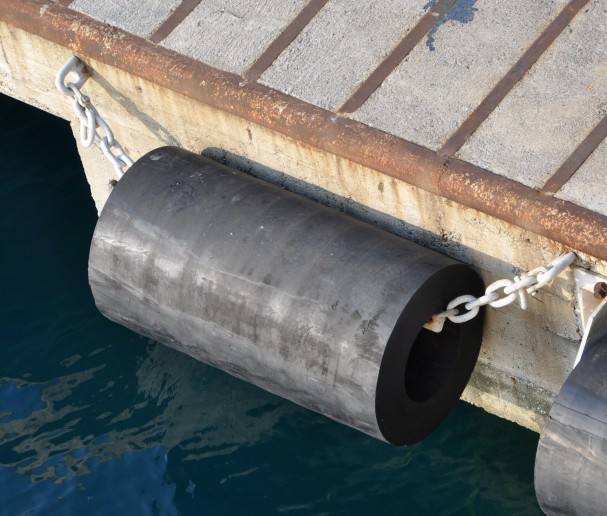
Key Differences Between Cone vs. Cylindrical Rubber Fenders
This chart summarizes the main distinctions between the two types of rubber fenders, helping to highlight which one may be best suited for different applications.
| Feature | Cone Rubber Fenders | Cylindrical Rubber Fenders |
| Shape | Tapered, cone-like shape | Uniform cylindrical shape |
| Energy Absorption | Gradual compression for smooth energy dissipation | Uniform compression, less tailored absorption |
| Impact Distribution | Provides gradual, controlled distribution of impact | Consistent energy absorption across entire length |
| Space Efficiency | More space-efficient, ideal for tight areas | Requires more space for optimal installation |
| Cost | Generally higher due to complex design | More cost-effective and simpler to produce |
| Durability | Durable, but may wear faster at the narrow end | Very durable, low maintenance |
| Installation Complexity | Requires specialized mounting and alignment | Easier and quicker to install |
| Maintenance | May need more frequent maintenance due to wear at the narrow end | Low maintenance, generally long-lasting |
| Best Suited For | Medium to large vessels, specific energy absorption needs | Small to large vessels, high-traffic areas |
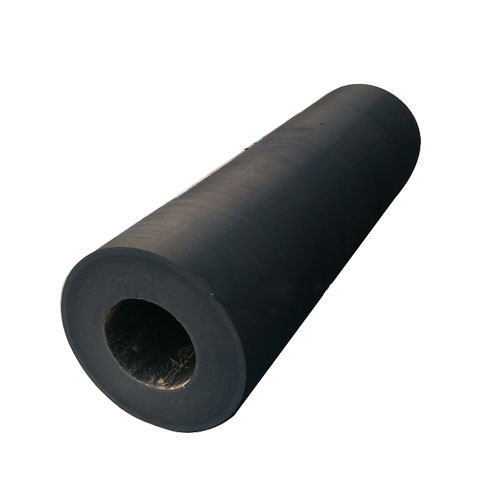
Key Factors to Consider for Choosing Between Cone vs. Cylindrical Rubber Fenders
When choosing between cone and cylindrical rubber fenders, several key factors should be carefully evaluated to ensure the best fit for your specific marine environment and operational needs. Each type of fender has distinct advantages and limitations, and the right choice depends on the nature of the berthing application, vessel characteristics, and environmental conditions.
1. Berthing Energy and Vessel Size
One of the most critical considerations is the amount of berthing energy that needs to be absorbed and the size of the vessels using the facility. Cone fenders are ideal for large vessels or terminals where ships approach at higher speeds, thanks to their superior energy absorption and progressive load-deflection characteristics. In contrast, cylindrical fenders are better suited for smaller to medium vessels and areas with more moderate berthing speeds.
2. Space Constraints
Cone fenders, with their compact tapered design, are more suitable for installations where space is limited. They provide high energy absorption in a smaller footprint. On the other hand, cylindrical fenders require more lateral space and are better applied in open docking areas where space is not a limiting factor.
3. Installation Requirements
Installation complexity and costs also influence the decision. Cylindrical fenders are simpler and quicker to install, often requiring basic mounting systems and minimal alignment. Cone fenders may demand more precise installation methods, including anchoring systems and alignment tools, potentially increasing installation time and cost.
4. Maintenance and Durability
If ease of maintenance is a priority, cylindrical fenders are often favored. Their simple design and uniform wear distribution lead to a longer lifespan with less maintenance. Cone fenders, while robust, may experience localized wear at the narrow end, particularly in high-impact zones, requiring more frequent inspections and potential replacement of parts.
5. Environmental and Operational Conditions
Harsh marine environments, such as strong currents, tidal variations, or frequent ship movement, may benefit from cone fenders due to their stability and ability to handle high loads without significant deformation. However, cylindrical fenders are well-suited for general port environments with less extreme berthing forces and more predictable conditions.
6. Budget Considerations
Cost is often a determining factor. Cylindrical rubber fenders are typically more cost-effective, both in initial investment and long-term upkeep. Cone fenders, while offering high performance, require a larger upfront budget, which should be weighed against the operational demands and expected traffic at the berth.
7. Aesthetic and Retrofitting Needs
If retrofitting existing berthing infrastructure, cylindrical fenders might be more appropriate due to their compatibility with traditional setups. Cone fenders, while more advanced in performance, might need custom mounting solutions or structural adjustments to fit older designs.
Final Thoughts
Both cone and cylindrical rubber fenders offer distinct benefits, making them suitable for different maritime applications. Cone rubber fenders excel in high-energy absorption and compact installations, making them ideal for smaller or high-speed vessels. On the other hand, cylindrical fenders provide consistent energy absorption with a straightforward, low-maintenance design, making them perfect for general docking needs and busy port environments. Choosing between cone and cylindrical rubber fenders involves balancing performance needs with spatial, financial, and operational constraints. A careful analysis of your facility’s traffic profile, environment, and long-term maintenance goals will lead to a more effective and efficient marine fendering system.


